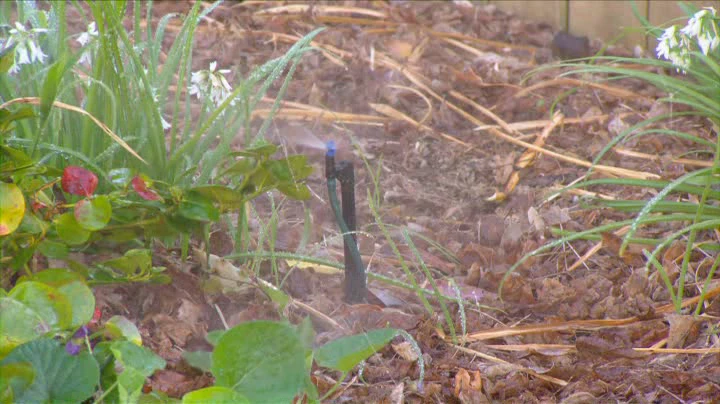Termites are attracted to water!
If you asked most people what attracts termites (white ants), most people would say wood. Certainly, wood is the main food source for termites, but there’s something that’s more important to termites – water! Indeed, for most animals, water is more important than food. But for termites, which can quickly dry out due to their thin, soft exoskeleton (skin), the need for water or moisture drives most of their behaviours.
Termites need high moisture levels to survive. This is especially the case when they leave their nest looking for food. They strongly prefer to move in soil with a higher moisture content and will avoid dry soil. If they need to come above ground, they will typically build a mud tube or tunnel so they can continue to move along without drying out.
So, to prevent termites finding and attacking a house and causing a termite infestation, the key action is to keep the soil around and under the building as dry as possible. If the soil is dry, there is every likelihood that the termites will turn around and look elsewhere for a meal.
Here are the top 8 sources of moisture around the home that attract termites and are the cause of most termite attacks:
Drainage
Ensure the drainage allows the water to move away from the house, keeping the ground underneath the house and around the perimeter of the house dry.
Waterings systems
Avoid having gardens with watering systems immediately adjacent to the building.

Gutters
Check gutters and downpipes don’t have leaks. The eaves of the roof provide a dry zone around the perimeter of the building. Don’t let building faults introduce moisture into this dry zone.

Outdoor taps
Make sure outdoor taps are not leaking and ensure that there is a drain underneath.
Hot water tanks
Ensure that the hot water tank release valve / overflow discharges well away from the building, ideally to a drain.
Air-conditioning units
Ensure that air-conditioning condensate is discharged to a gutter or drain.

Roof leaks
Makes sure there are no leaks in the roof. Over time these leaks often find their way through the building down to the soil under the house. This water will also contain wood attractants that have been picked up by the water as it has moved down from the roof. Very attractive!

Internal leaks
Internal leaks are common and are the cause of many termite attacks, but they are difficult to spot – leaks in the bathroom, laundry and kitchen are often behind walls or in the floor. These leaks can be difficult for homeowners to spot, which is one of the reasons annual termite inspections are a good idea. A professional termite inspector will pick up these issues with their moisture detection equipment.
If you need a professional termite inspection please give us a call at Rebel Pest Professionals.
